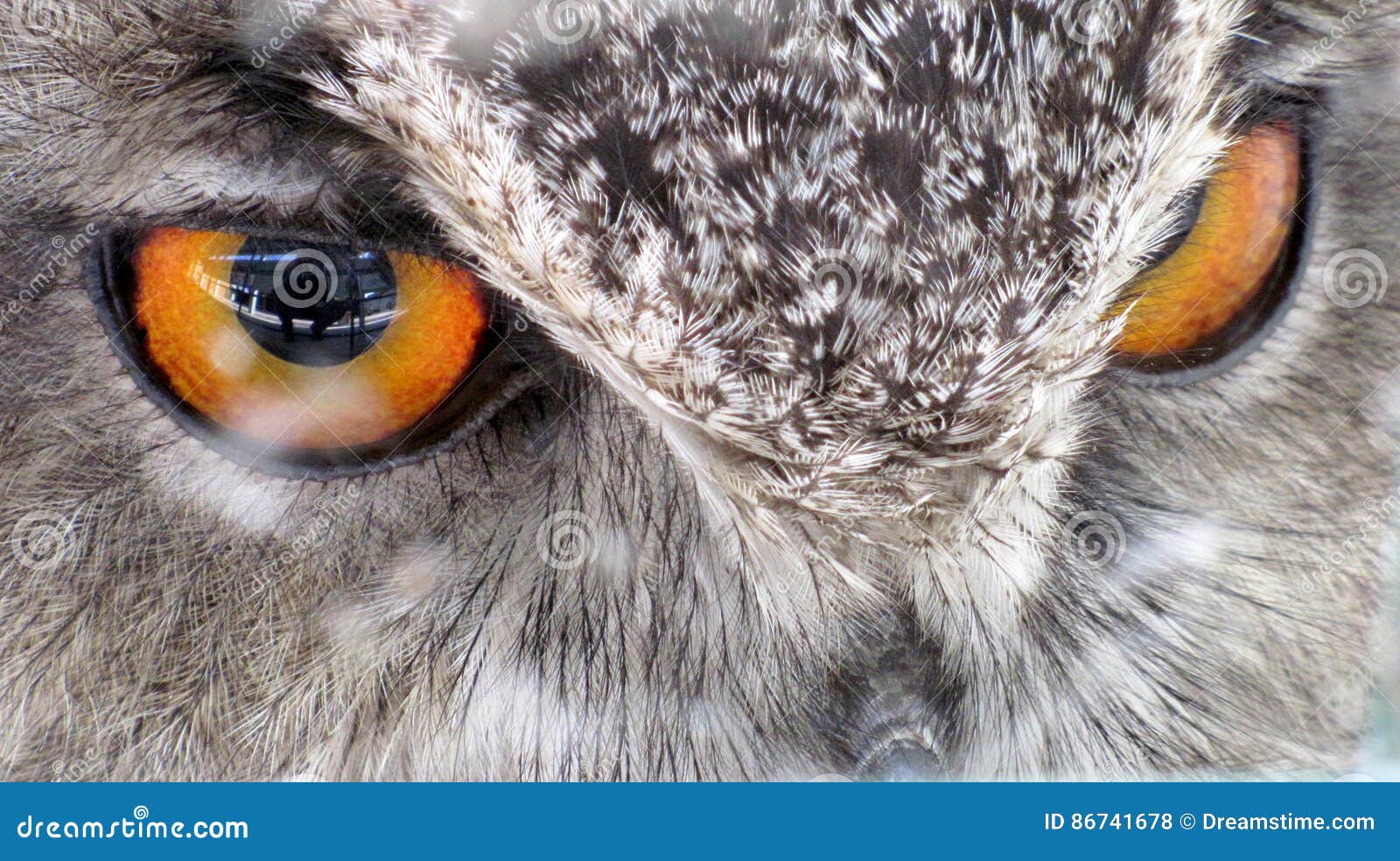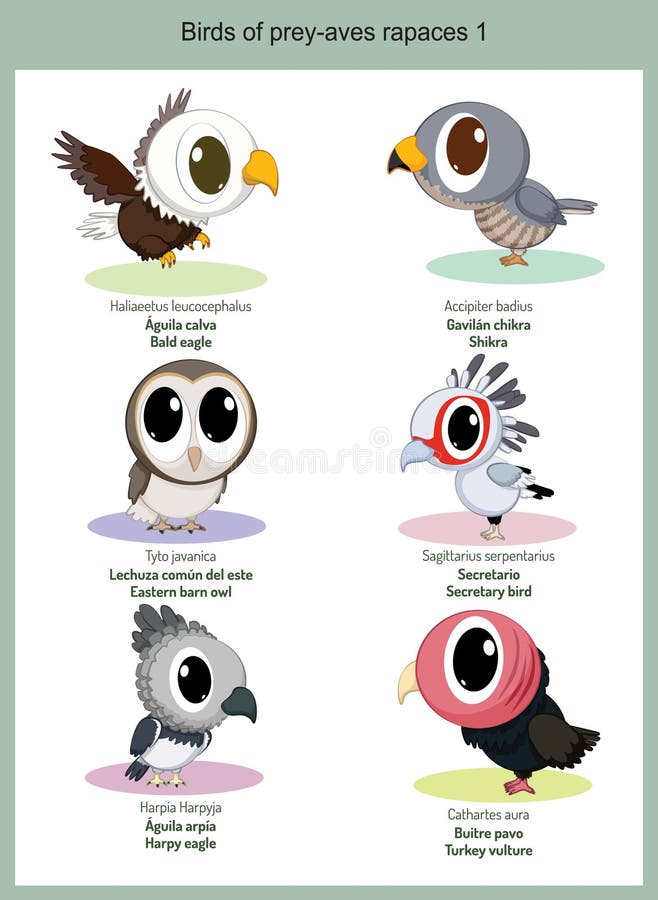


Harriers are large, slender hawk-like birds with long tails and long thin legs.Buzzards are medium-large raptors with robust bodies and broad wings, or, alternatively, any bird of the genus Buteo (also commonly known as "hawks" in North America, while "buzzard" is colloquially used for vultures).They usually have long tails for tight steering.

They are mainly woodland birds that hunt by sudden dashes from a concealed perch. True hawks are medium-sized birds of prey that usually belong to the genus Accipiter (see below).Caracaras are a distinct subgroup of the Falconidae unique to the New World, and most common in the Neotropics – their broad wings, naked faces and appetites of a generalist suggest some level of convergence with either Buteo or the vulturine birds, or both. They belong to the family Falconidae, only distantly related to the Accipitriformes above. Falcons and kestrels are medium-size birds of prey with long pointed wings, and many are particularly swift flyers.Booted eagles have legs and feet feathered to the toes and build very large stick nests. Eagles tend to be large, powerful birds with long, broad wings and massive feet.The common names for various birds of prey are based on structure, but many of the traditional names do not reflect the evolutionary relationships between the groups. The term raptor is derived from the Latin word rapio, meaning "to seize or take by force". Some extinct predatory birds had talons similar to those of modern birds of prey, including mousebird relatives ( Sandcoleidae), Messelasturidae and some Enantiornithes, indicating possible convergent evolution. shrikes) and birds like nightjars and frogmouths. Īlthough the term "bird of prey" could theoretically be taken to include all birds that actively hunt and eat other animals, ornithologists typically use the narrower definition followed in this page, excluding both piscivorous predators such as storks, herons, gulls, skuas, penguins and kingfishers, as well as primarily insectivorous birds such as passerine birds (e.g. Although predatory birds primarily hunt live prey, many species (such as fish eagles, vultures and condors) also scavenge and eat carrion. In addition to speed and strength, these predators have keen eyesight for detecting prey from a distance or during flight, strong feet with sharp talons for grasping or killing prey, and powerful, curved beaks for tearing off flesh. From top left to right: eurasian eagle-owl, king vulture, peregrine falcon, golden eagle and bearded vultureĬladistically included but traditionally excluded taxaīirds of prey or predatory birds, also known as raptors, are hypercarnivorous bird species that actively hunt and feed on other vertebrates (mainly mammals, reptiles and other smaller birds). For other uses, see Birds of Prey (disambiguation), Bird of Prey (disambiguation), and Raptor (disambiguation).


 0 kommentar(er)
0 kommentar(er)
